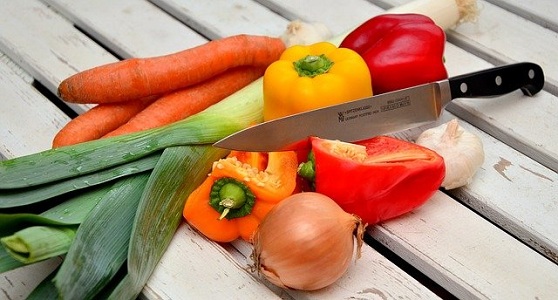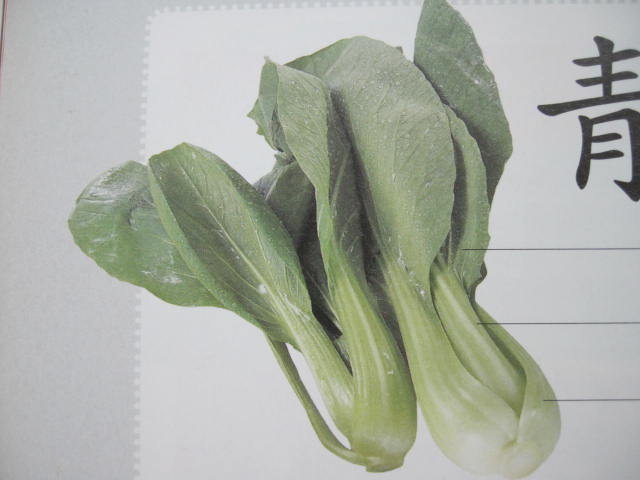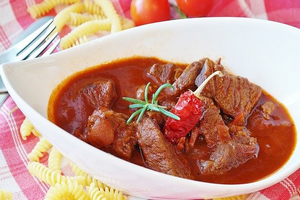The Best Cooking Knife Techniques
Cooking knives are multi-functional kitchen tools used not only for cutting slicing, and grating food to create consistent, delicious results, but also to make clean cuts into delicate bones and skin. A cooking knife is a flexible and multipurpose tool that can be used in a variety of different styles. Depending on its style, cooking knives can be either a Japanese or Wusthof Classic, a steak knife, a filet knife, or a thin flat blade. Even if they are all the same brand, the blade is usually a different size and material than other knives. Most professional chefs prefer the Wusthof Classic line of knives, which are made of high quality stainless steel.
Knife Handle that Fit You
The majority of kitchen knives have a basic design consisting of a handle that fits over the knife’s blade. The handle is then secured in place by a set of clamps or screws. This basic design is what makes it practical and easy to open and close; the only thing holding it rigid is your willpower. If you want to try some other knife techniques, it’s a good idea to try out different models to see which one works best for you.
How To Sharpen Knife
One of the most basic knife techniques that most people learn how to use is how to sharpen a knife. A dull knife blade doesn’t cut as effectively as a sharp one, so keeping it sharpened is essential for making your cooking times more enjoyable. To sharpen a knife, simply grab the edge of the knife with a smooth, clean hand, pull it back towards you, and then let the blade rest against the knife block for a moment. When finished, push the blade forward into the cut, and then quickly follow it with a back swing to a guard your blade.
Knife Block
Some cooks don’t like the idea of having their knives near their food, so they turn to using a special kitchen tool known as a knife block. This is a tool that has been specifically designed to keep your knife blade from touching the food while you are cooking it. You can purchase these blocks in different sizes, allowing you to cover your knives and your utensils from the sides of your pan or stove. They come in a variety of materials and colors, so you can easily match your cooking setup to the look of your block. The only drawback to using a knife block is that it does reduce the sharpening of your blade, but it still offers a convenient way to protect your favorite kitchen tools.
Non Slip Pad
Another kitchen tool that is commonly used to prevent accidental chopping damage is a non-slip pad. These pads can be placed under pots and pans to reduce the risk of dropping a hot knife onto the counter top or stove floor. If you’re a real dab hand, you can even find ones that come with an integrated moving blade to help take the guesswork out of chopping when you are in a hurry!
Use It Safely
If you spend a lot of time in the kitchen and you’re into serious cooking, you probably know that knives can be very dangerous. While most people realize that every bit of sharp metal in their kitchen is dangerous, very few people actually follow safe practices while sharpening their knives. Using too much pressure on a knife is a common cause of kitchen accidents, so make sure you pay attention to how you hold your knives and always use the sharp end, not the dull end. Always be careful around food, but be especially careful around hot pots and other hot objects. In addition, be aware that cutting hot foods will quickly burn your finger, so try not to cut anything too deep.
Well Maintained
Other kitchen safety issues include using oven mittens to hold knives to prevent accidental burns. Similarly, be sure to always pay attention to your own burns, since they can sometimes be more severe than those of others. Also, be sure that your knives are well-cleaned before you begin cooking, using just a little dish soap to get the outside of the blade clean. Even if you’re not planning on using your cooking knives for years to come, it’s still important to practice proper knife techniques and keep your knives well maintained, both of which are vital to avoiding injuries from cooking.
Knife skills are necessary for most dishes, but even for the simplest dishes, good knife skills are vital. If you want to truly enjoy a good meal, you need to pay attention to how you hold and maneuver the knives you use. Proper cooking techniques are very important for creating delicious meals, but even for simple meals, effective knife skills can save you from many of the dangers of raw food. Make sure you practice with your cooking knife techniques, and always bring your knives outfitted with extra blades as a backup in case you might burn your finger. Remember that cooking isn’t always as easy as it looks, so keep these simple but essential cooking knife techniques in mind and always ready to save yourself from injury.




